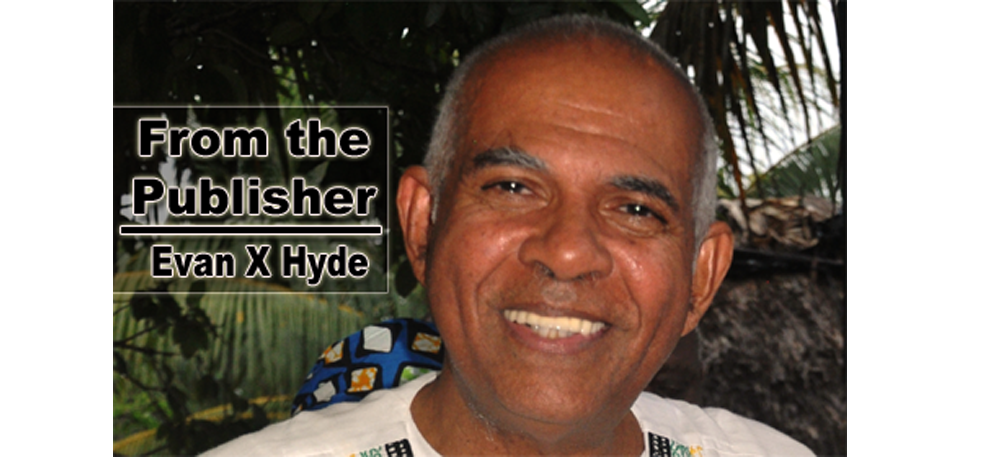I’ve told you before in this column that I spent thirteen years in schools in Belize (then British Honduras), from 1952 to 1965, and I read one sentence, one single sentence, in all those years about the Caste War just north of us in the Yucatan, which lasted from 1847 to 1903.
If you are a colonial subject, as I was, then the education system only teaches you what your colonial masters want you to know. Thus, when I left Belize in August of 1965 to study in the United States, I had never heard of the Clayton-Bulwer Treaty (signed April 19, 1850) or the Dallas-Clarendon Treaty (signed October 17, 1856), both treaties having the United States and the United Kingdom as signatories. The significance of these treaties for Belizeans is that they were precursors to the April 30, 1859 border treaty between the United Kingdom and Guatemala, that treaty being a document “godfathered” by the United States.
Since the 1960s, Belize has changed drastically, especially where its demographics are concerned. Someone like me could not have foreseen these changes, because I was so ignorant about so many things as a teenager.
For instance, I thought my scholarship from the U.S. Consulate was something I had earned, whereas what it was, in retrospect, was an investment by the mighty U.S. in a youth they expected to be appropriately grateful and to become an asset of theirs.
Now, in the summer of the year before I left for America, the summer holiday structure for Belize’s schools had been arbitrarily, without any explanation whatsoever, changed from April and May to July and August. Earlier that year of 1964, British Honduras had become a self-governing colony, looking forward to the political independence which Jamaica and Trinidad had already achieved.
I don’t know when I realized how massively significant the summer holiday structure change had been, and I don’t remember when I began to write and complain about that change. I wrote and complained about the change for years and decades, and I was, I guess, surprised that I was totally ignored by all and sundry.
Let’s go back to Hurricane Hattie in October of 1961, just a few months after the Bay of Pigs invasion of Cuba by exiles trained in Guatemala, had been turned back by Cuba’s Fidel Castro government. The president of Guatemala at the time, Miguel Ydigoras Fuentes, said that the U.S. government of President John Kennedy had promised Guatemala support in its dispute with the British over British Honduras/Belize, in return for allowing the Cuban exile force to be trained in Guatemala.
When Washington opened its borders to Belizean victims of Hurricane Hattie who had relatives in the U.S., it was a policy decision which was totally embraced in Belize. But, that seemingly sympathetic move by the United States ended up changing this country from what it was then to what it is now.
If the summer holiday structure adjustment is viewed as a State Department policy decision, the combination of that summer holiday adjustment and the opening of America’s borders to Belize’s Hattie refugees, may be understood as a function of the 1823 Monroe Doctrine.
Understand now, that the influence of the business magnate, Robert Sydney Turton, was huge in the early anti-British People’s United Party (PUP). Rt. Hon. George Price had been Turton’s personal secretary. It was the businessman who had pushed Mr. Price into politics in the early/mid-1940s.
Turton was doing a lot of business with American companies, especially Wrigley’s in Chicago. His greatest rival in the mahogany and chicle trade was the British-owned Belize Estate and Produce Co. (BEC). The tariff structure in British Honduras favored BEC. Mr. Turton wanted changes in that tariff structure. The upshot of Turton’s influence was that the early PUP was distinctly pro-American.
Meanwhile, the National Party (NP) which emerged to fight the PUP in 1951 was totally pro-British. At what exact point, Great Britain began to feel that British Honduras was a burdensome, as opposed to profitable, colony, I definitely cannot say. As late as 1975, the British were still flexing their military muscle whenever Guatemala threatened Belize. So, until the United Democratic Party (UDP) was formed in September of 1973, the NP and its successor, the National Independence Party (NIP), were basically Union Jack wavers.
So now, I suggest to you that if the power brokers in Washington looked at the map in the early 1960s and saw the overpopulation trends in a Central American republic like El Salvador, and saw at the same time how underpopulated Belize was, it would have made sense, from their perspective, to absorb Belize’s well-behaved citizens, and open Belize to Central American migrants. Voila, the demographics are changed dramatically, but quite peacefully. We Belizeans get what we wanted, residence in Uncle Sam, and we lose what we had in the 1960s and 1970s — the secret Jewel.

